Best Seasons for Foundation Repairs
Foundation repairs are most effective when performed during specific seasonal conditions. The optimal time depends on the local climate, soil type, and weather patterns. In regions with cold winters, it is advisable to schedule repairs during milder months to avoid delays caused by freezing temperatures or snow. Conversely, in areas with hot, dry summers, early spring or late fall may be preferable to prevent issues related to soil expansion or contraction.
Spring and fall often provide ideal conditions for foundation repairs due to moderate temperatures and soil moisture levels.
Avoid scheduling repairs during extreme weather events such as heavy rain or snow, which can hinder progress and affect soil stability.
Soil type plays a role; clay soils may require repairs during dry periods, while sandy soils may be better addressed after rainfall.
Early planning allows for flexibility, ensuring repairs are completed when conditions are most suitable.

Spring offers moderate weather and soil moisture, ideal for foundation work.
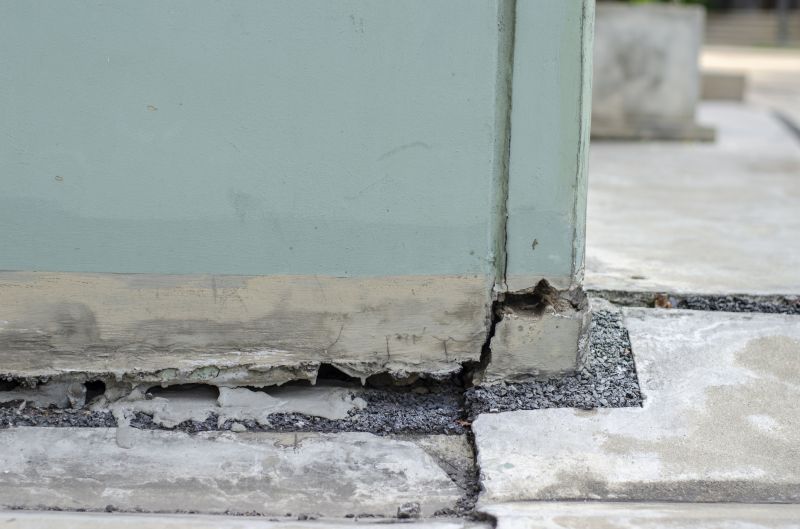
Summer repairs should avoid extreme heat and dry soil conditions for best results.
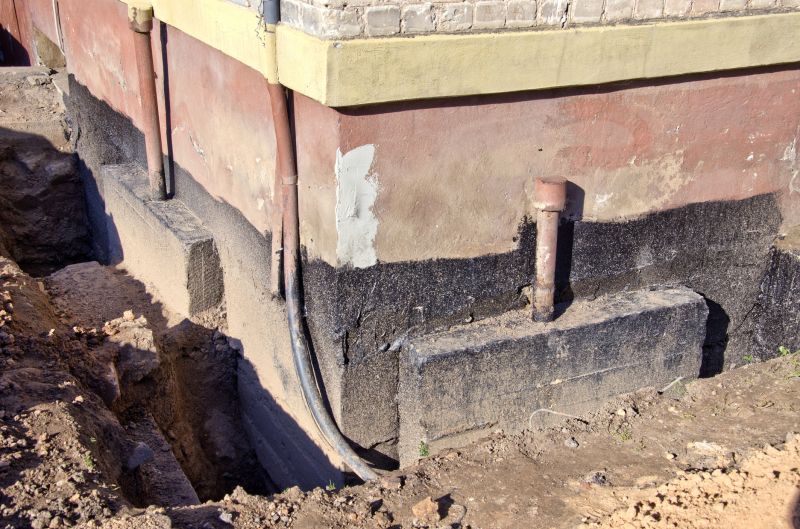
Fall provides cooler temperatures and stable soil, suitable for repairs before winter.
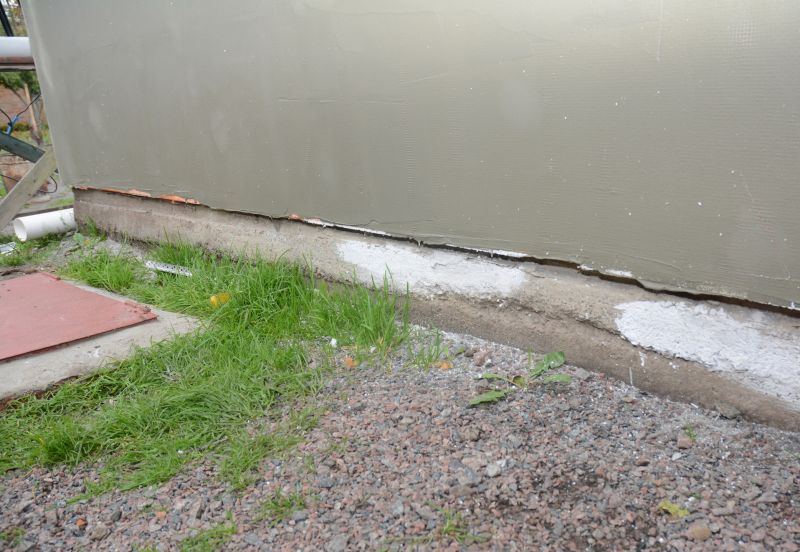
Ways to make Foundation Repairs work in tight or awkward layouts.

Popular materials for Foundation Repairs and why they hold up over time.

Simple add-ons that improve Foundation Repairs without blowing the budget.
| Season | Optimal Conditions |
|---|---|
| Spring | Moderate temperatures, soil moisture levels are ideal. |
| Summer | Avoid extreme heat and dry soil conditions. |
| Fall | Cooler temperatures, soil stability before winter. |
| Winter | Typically not recommended due to freezing temperatures. |
| Early Spring | Good for addressing minor issues before heavy rain. |
| Late Fall | Prepares foundation for winter conditions. |
Foundation repairs are a critical aspect of maintaining structural integrity in residential and commercial properties. Timely intervention can prevent costly damages and extend the lifespan of a building. Soil movement, moisture levels, and weather conditions significantly influence the success of repair projects. Proper scheduling ensures that repairs are performed under optimal conditions, reducing the risk of recurrence or further issues.
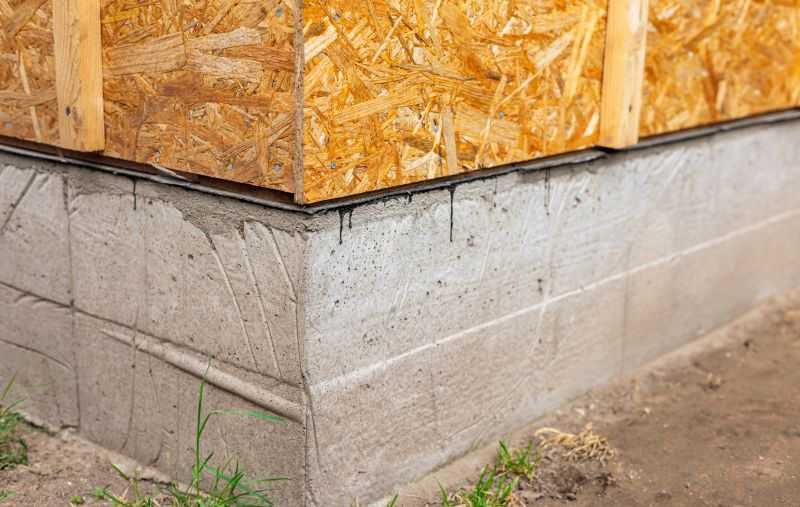
Understanding the repair process helps in planning the right timing for interventions.

Proper soil stabilization is essential for long-lasting foundation repairs.
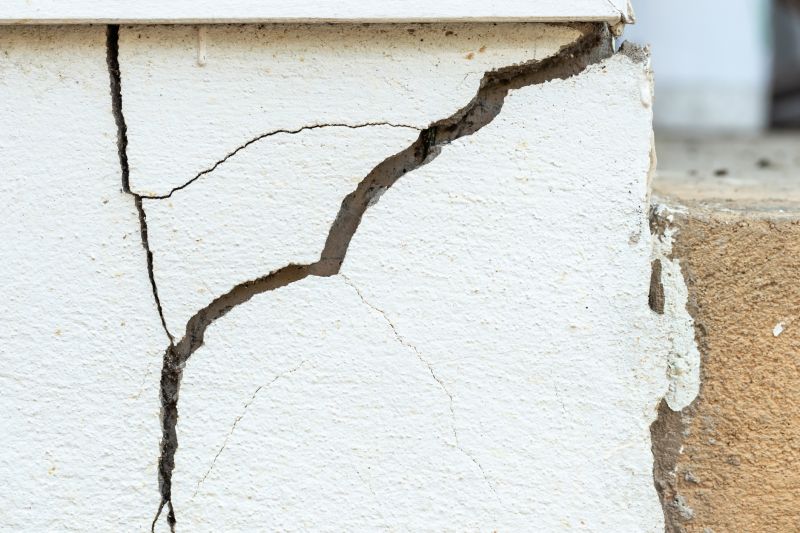
Addressing cracks early can prevent further structural damage.
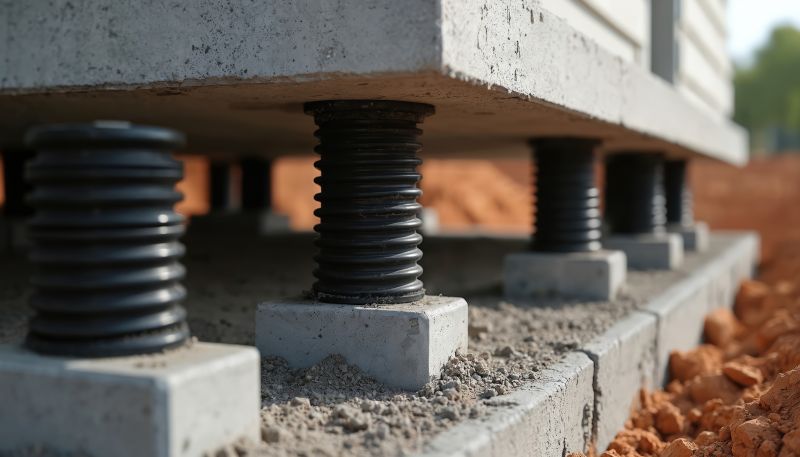
Piering techniques are often used to lift and stabilize foundations.
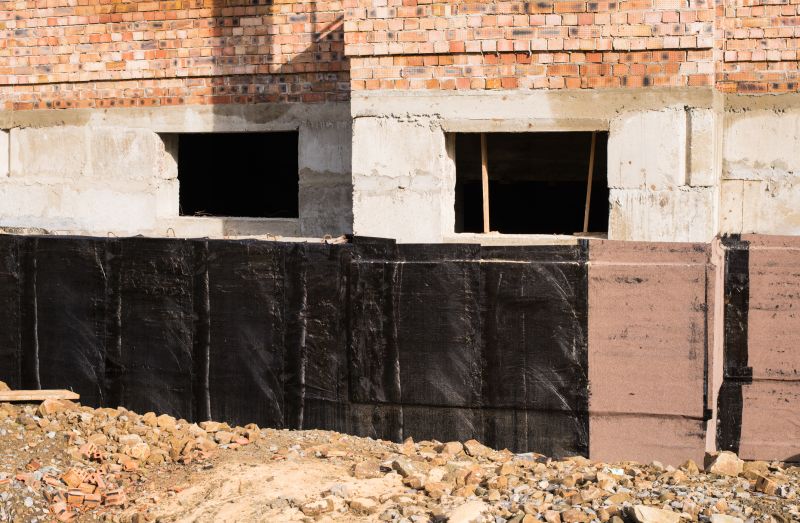
High-end options that actually feel worth it for Foundation Repairs.
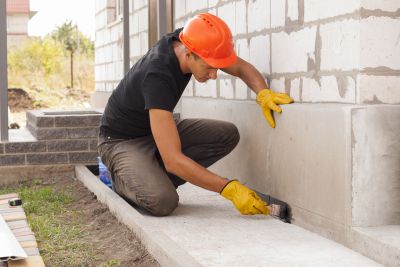
Finishes and colors that play nicely with Foundation Repairs.
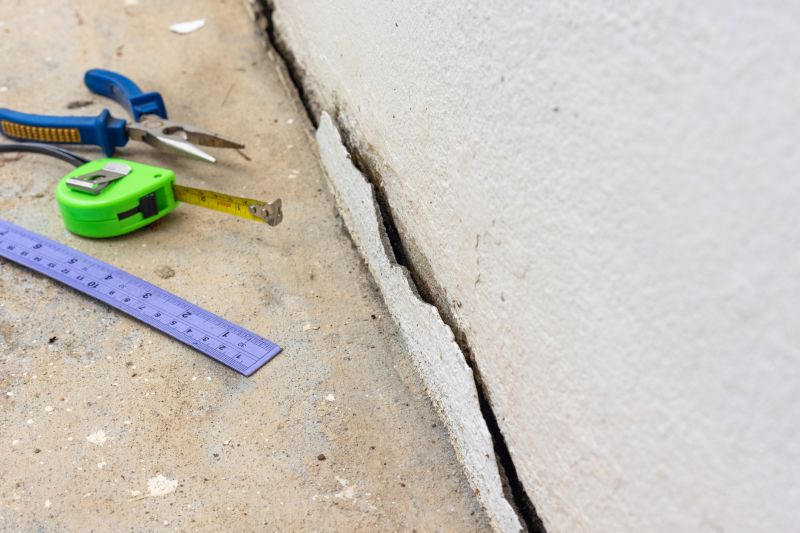
Little measurements that prevent headaches on Foundation Repairs day.
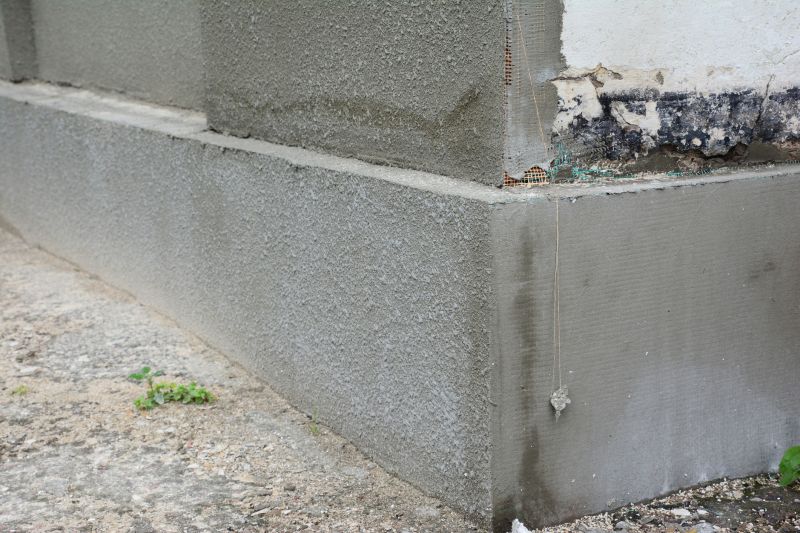
A 60-second routine that keeps Foundation Repairs looking new.

A frequent mistake in Foundation Repairs and how to dodge it.

Small tweaks to make Foundation Repairs safer and easier to use.
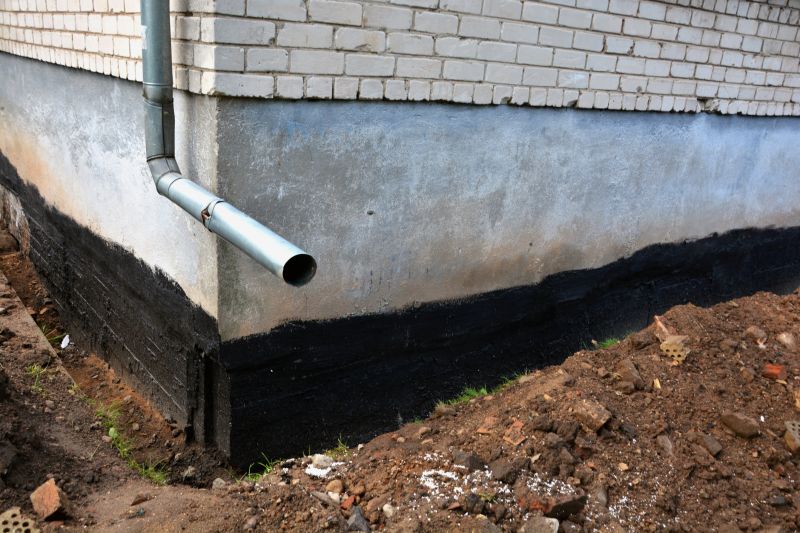
Lower-waste or water-saving choices for Foundation Repairs.
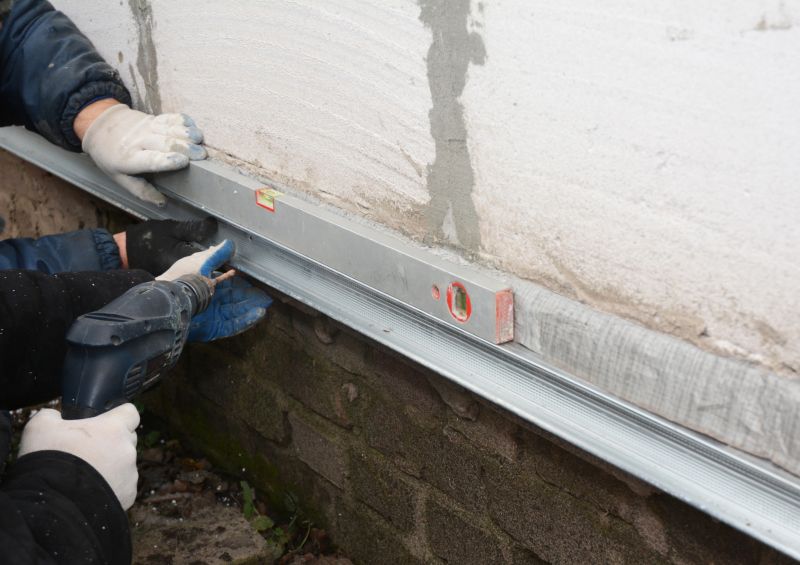
The short, realistic tool list for quality Foundation Repairs.
Choosing the right time for foundation repairs involves considering seasonal weather patterns, soil conditions, and the extent of existing issues. Regular inspections can identify problems early, allowing for repairs during optimal periods. Proper timing not only enhances the effectiveness of repairs but also minimizes disruptions and potential complications.
Contact for Foundation Repairs
Interested in foundation repairs? Filling out the contact form can provide more information and help schedule an assessment during the most suitable season for your property in Hartford, WI.

